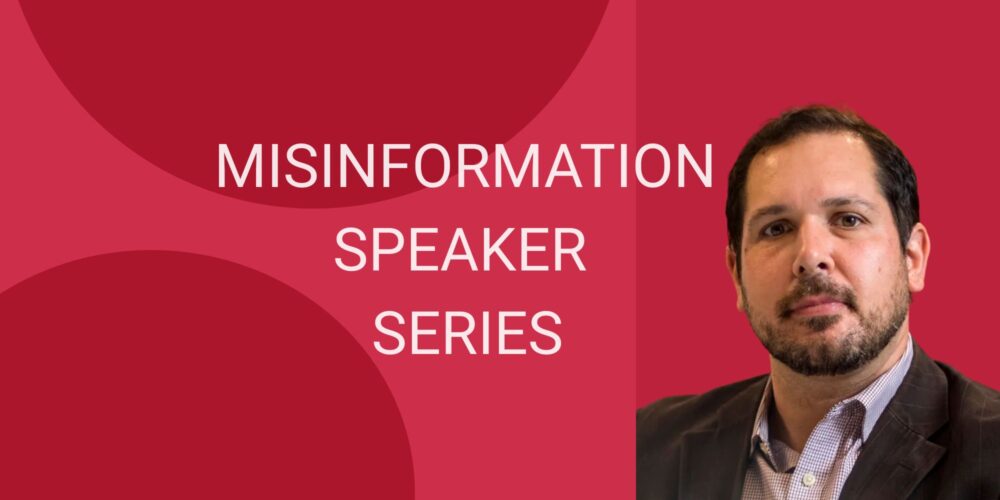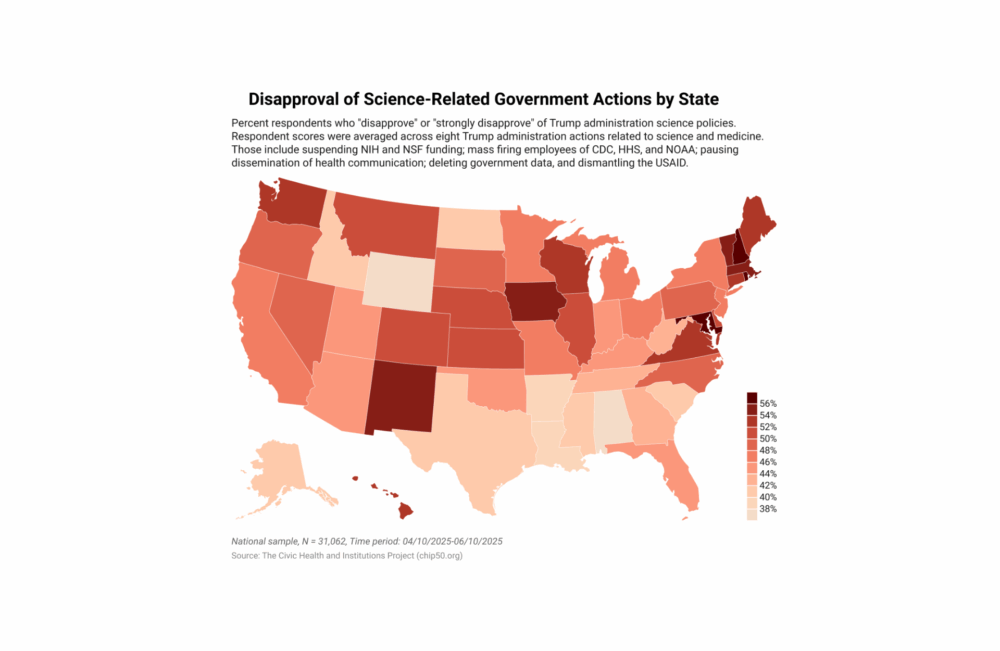
Videos
Regulating Social Media: America’s Global Communications Dilemma
Commentary
It’s what you say, not what you think, that matters, says Julia Minson and colleagues in a new article for Harvard Business Review.

Every day, in every organization around the globe, people disagree about everything from pricing strategies to hiring decisions to major acquisitions. And disagree they should. Research across every social science shows that disagreement offers important benefits: Divergent perspectives spark creativity, prevent costly errors, and drive better decisions. But, of course, there is also risk: Disagreement handled poorly can have massive interpersonal and financial costs.
Over the decades there has been a plethora of recommendations from academics and consultants on how people can disagree constructively. Some instruct people to think and feel in certain ways toward their counterparts: “Put yourself in their shoes.” “Have compassion and empathy.” “Try to understand them rather than judging them.” Others tell them what to do and say: “Ask clarifying questions.” “Make ‘I,’ not ‘you,’ statements.” “Use open body language to signal receptiveness, friendliness, and a willingness to engage.” Nevertheless, despite this wealth of advice, conflict persists.
Over the past 10 years we have conducted dozens of experiments on how people in a variety of settings can disagree more constructively. Our key finding: People’s internal mental processes (the think and feel techniques) have a limited impact on outcomes for a simple reason—we can’t read other people’s minds. This means that for others to notice, appreciate, and react to our conflict-management attempts, our thoughts and feelings must be reflected in the things we do and say. Mental states must be translated into observable behaviors.

Videos

Videos

Reports & Papers